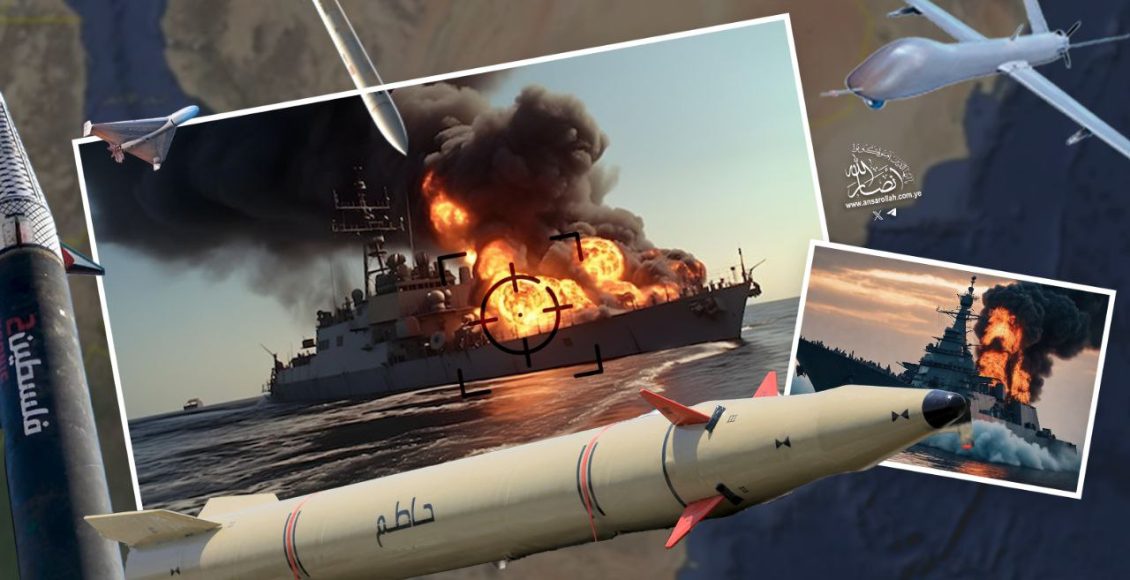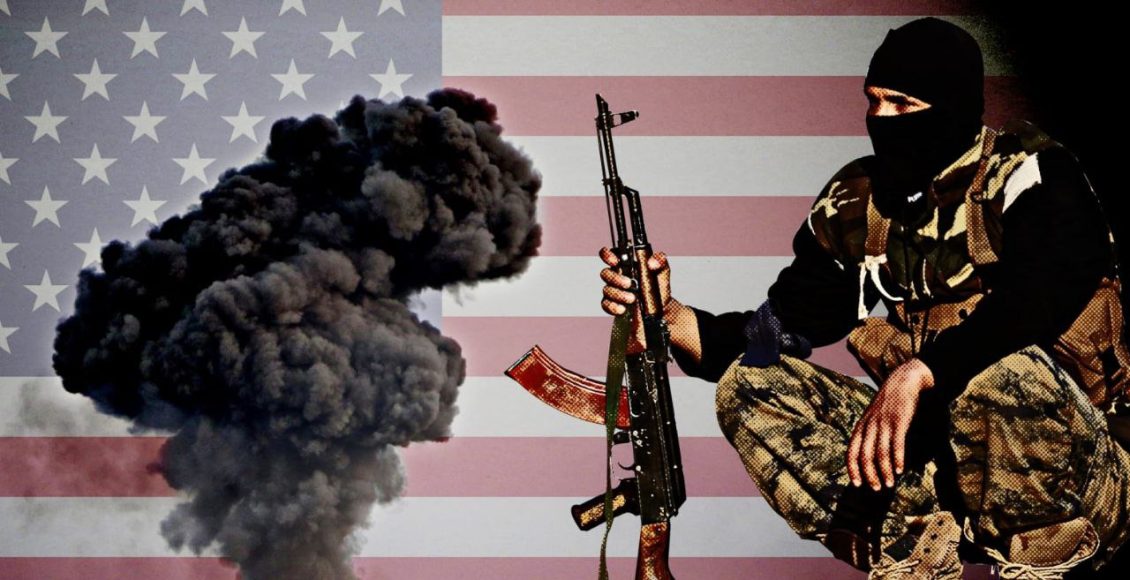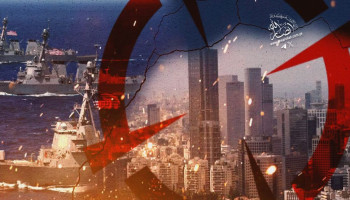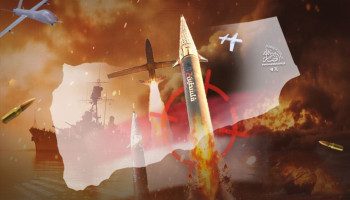Western Studies: Washington Failed to Counter the ‘Houthi Threat’ and Must Learn from Their Techniques
Hebrew Research Center: ‘Houthis’ Are Now a Dangerous Army with Over 800,000 Fighters Threatening Israel
As brutal Zionist attacks on Gaza continue and Palestinians endure relentless suffering, Yemen’s prominent role as a supportive front for Palestinian resistance has astounded the world. From the outset, the Yemeni leadership and people declared their unwavering support for Gaza, framing it as an Arabic, Islamic, and humanitarian duty. Yemen committed to standing against the oppression, blockade, and genocide targeting Palestinians in Gaza, refusing to remain silent in the face of such injustice.
Since the onset of the "Al-Aqsa Flood" battle, Yemen's armed forces have taken decisive military steps, marking a significant shift in the confrontation with the Zionist-American adversary and its broader Western allies. Yemen’s sustained military support for Gaza has showcased its advanced military capabilities, with precision strikes targeting Israeli interests in the Red Sea, the Arabian Sea, the Indian Ocean, and even deep within the occupied Palestinian territories.
These operations have underscored Yemen’s regional and global influence, reaffirming its commitment to the Palestinian cause as the foremost issue of the Muslim world.
U.S. Self-Contradiction: Washington’s Miscalculations
Despite U.S. attempts to downplay Yemeni capabilities by alleging Iranian support, U.S. Secretary of Defense Lloyd Austin admitted last week that the ‘Houthis’ operate independently and have withstood American assaults.
Austin stated during a press conference:
"We have conducted strikes on Houthi capabilities...multiple attacks over several weeks. Yet, the Houthis have shown remarkable resilience."
He acknowledged the futility of pressuring Yemen militarily or politically:
"The Houthis increasingly view themselves as independent partners, not mere Iranian proxies, making their own decisions."
Tim Lenderking, U.S. Special Envoy to Yemen, voiced similar concerns, emphasizing the Houthis' persistence in targeting U.S. and European naval vessels in the Red Sea.
Retired U.S. CENTCOM Commander Gen. Frank McKenzie admitted to "Middle East Eye" that Yemeni forces have effectively defeated U.S. efforts in the Red Sea and Bab al-Mandab. He criticized the Biden administration’s lack of resolve, asserting:
"The Yemenis control Bab al-Mandab. They’ve outmaneuvered us, and we’ve failed to counter their operations."

The U.S. Naval Institute (USNI) reported that American and allied naval forces failed to counter the "Houthis," leading to increased risks for (Zionist) trade routes. The Wilson Center noted that despite significant military efforts, U.S. and European naval operations have made little progress in stopping Yemeni advances, posing a serious security challenge.

The U.S. Faces New Challenges
The Institute for the Study of War acknowledged the U.S. failure to curb Houthi military capabilities. It noted that the Houthis have gained critical insights into U.S. defense systems, potentially leveraging this knowledge to enhance their attacks or aid America’s adversaries.
Moreover, U.S. policymakers are now forced to prioritize the Red Sea over the Pacific—a shift in focus that contradicts long-term American strategic objectives. Yemeni drone and missile strikes on occupied territories have further demonstrated their operational success, with major implications for global shipping and security.
The U.S. Naval Institute reported that despite deploying advanced interceptors and MQ-9 Reaper drones, U.S. forces have struggled to neutralize the Houthi threat. Each downed Reaper costs millions, while Houthi drone losses remain minimal.


Israeli Alarm: Over 800,000 Fighters Pose a Serious Threat
The Israeli entity's concerns have intensified. "The Jerusalem Center for Public Affairs" recently described the Houthis as a formidable, well-armed force with over 800,000 fighters capable of threatening Israel, Saudi Arabia, and Gulf states with advanced drones and ballistic missiles.
The report cited U.S. Undersecretary of Defense Bill LaPlante, who noted:
"The Houthis are increasingly wielding sophisticated weapons. As an engineer, I find their advancements in missile technology astonishing."
Analysts now refer to the Houthis as the "Southern Hezbollah."

The U.S Should Learn from Yemeni Tactics
RealClearDefense highlighted the economic consequences of Houthi attacks. Shipping companies rerouted vessels around Africa, adding weeks to travel times and millions in fuel costs. These disruptions exacerbate allied companies with the genocidal Zionist entity.
Even the Wilson Center admitted that U.S. and European naval forces have failed to halt Yemeni attacks, underscoring the growing security challenges in the region.
Meanwhile, 19FortyFive suggested that U.S. forces should learn from Houthi tactics, particularly their cost-effective use of long-range precision missiles and drones in controlling critical waterways
 .
.
A Strategic Shift: Yemen Changes the Game
The National Interest warned against underestimating Yemen’s military prowess, noting that U.S. aircraft carriers in the region must prepare for increasingly advanced missile threats. The departure of the USS Abraham Lincoln from the Middle East, leaving the U.S. temporarily without carrier support, has emboldened Yemeni forces to declare victory.
Finally, the Daily Express warned that the Houthis’ relentless attacks have spiraled out of control, becoming a strategic threat with global repercussions. The inability of U.S. and Western forces to contain Yemeni operations in the Red Sea is diverting attention from other strategic regions, notably the Indo-Pacific.
The report concluded that Yemen has evolved from a minor militia to a significant geopolitical force, reshaping military dynamics in the Middle East and beyond.



















